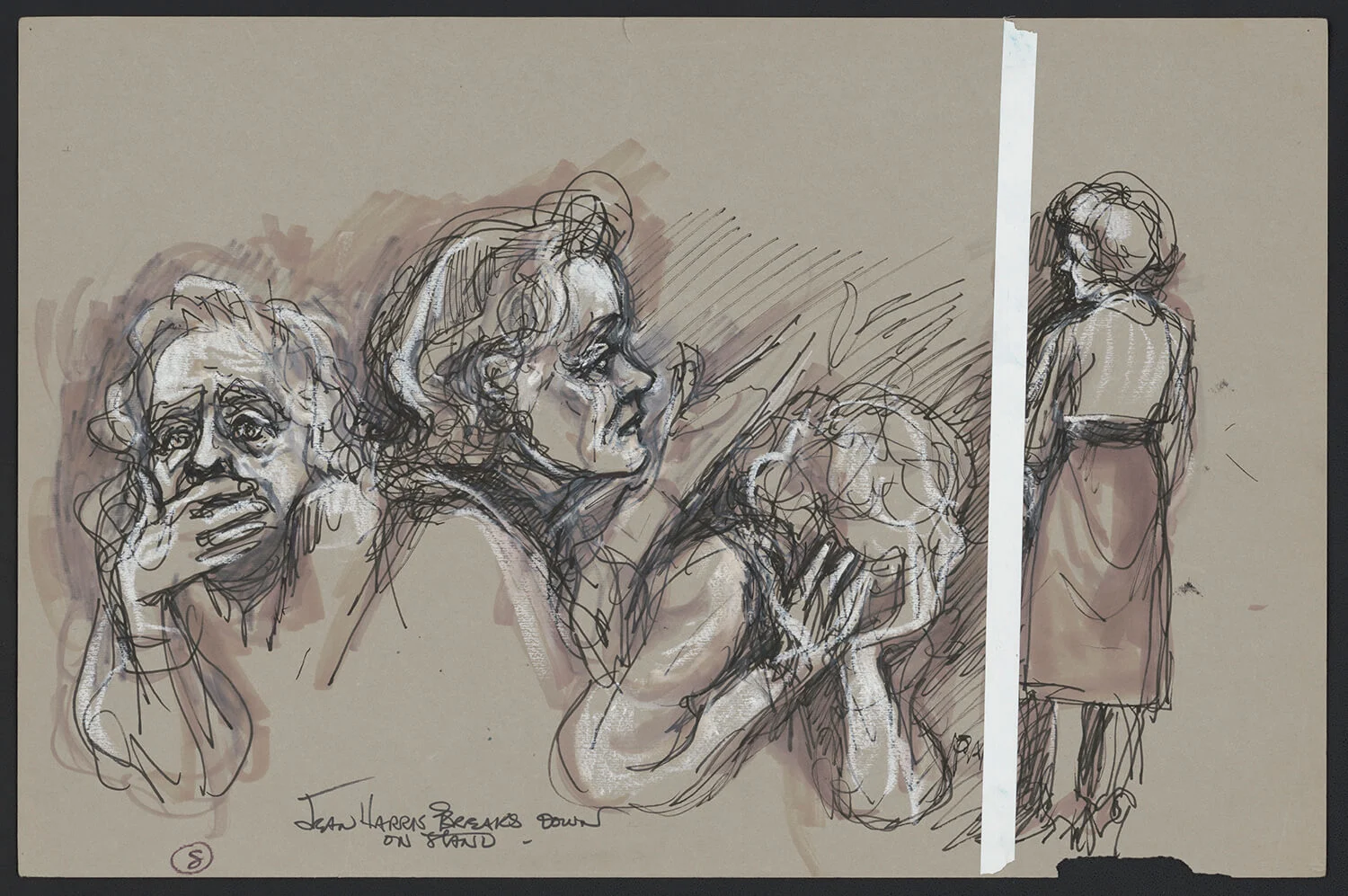
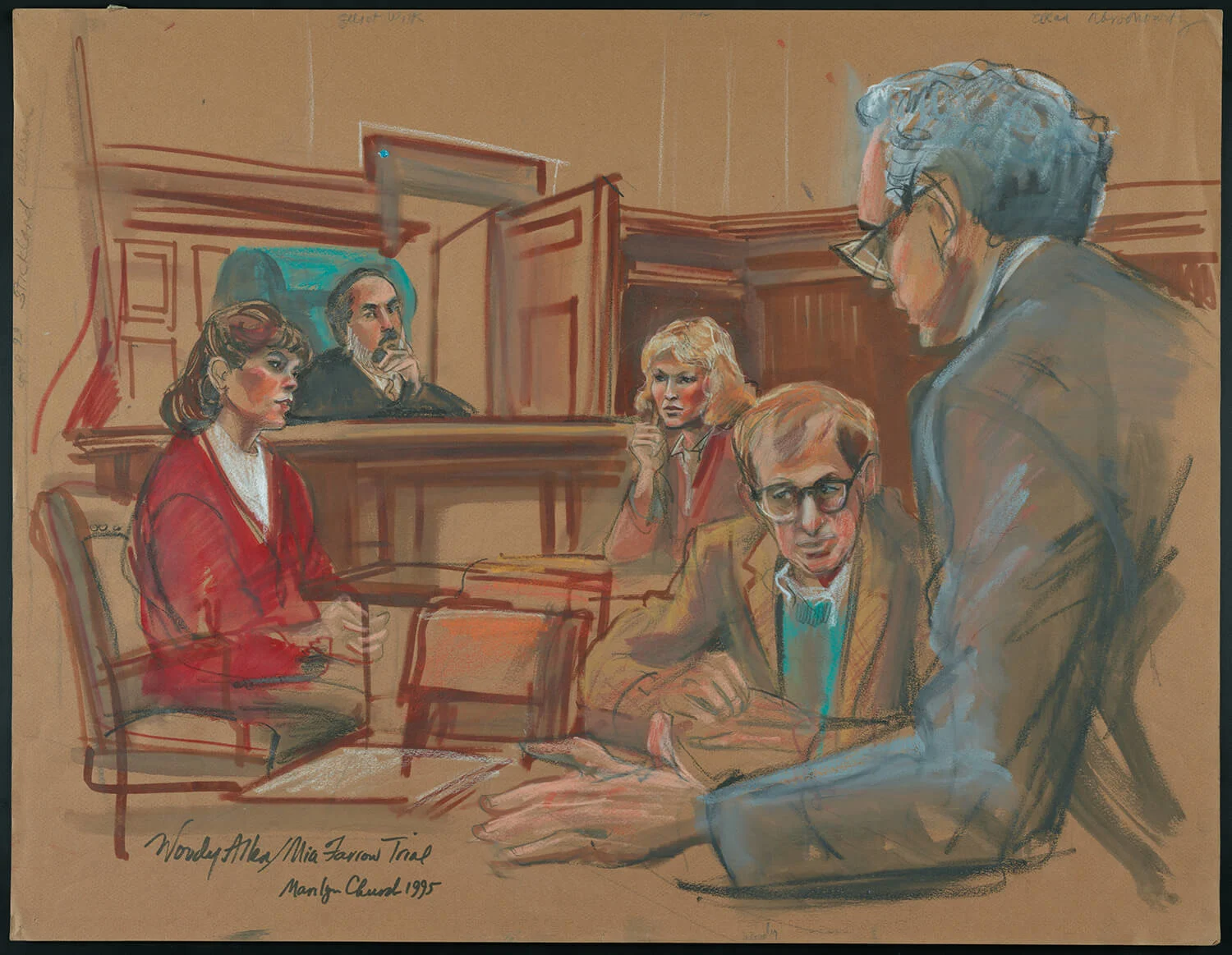
Illustration is often associated with comics, posters and children’s books – but what’s sometimes forgotten is that it has a place outside of the fictional too. Like the intriguing portraits made by artists during criminal trials, which capture the emotions of the accused and the heat of the courtroom itself.
Paola Paleari dives into the history of courtroom artists and the cultural relevance their work still has today.
If any of us – ordinary, unsuspecting citizens – can boast some knowledge about legal trials, it’s most likely thanks to crime news, detective novels and screen adaptations. What we know, or believe we know, about what happens in a courtroom is not a reality – it’s the fictional stories told through series like Perry Mason and its contemporary Suits (s/o Meghan). When we picture a criminal trial, it’s likely the scene of the defense lawyer’s heartfelt final plea to the jurors, to convince them of their client’s innocence.
But even if we have a clear idea of this situation in our minds, having watched it so many times on screen, not a lot of us have experienced it first-hand. Even fewer of us have ever seen a photograph of it, because audiovisual recordings are often not allowed in courtrooms.
When media isn’t allowed, how do you visually document an important event like a criminal trial? For that courtrooms rely on those who capture on paper the most salient moments through drawings and illustrations: courtroom artists.
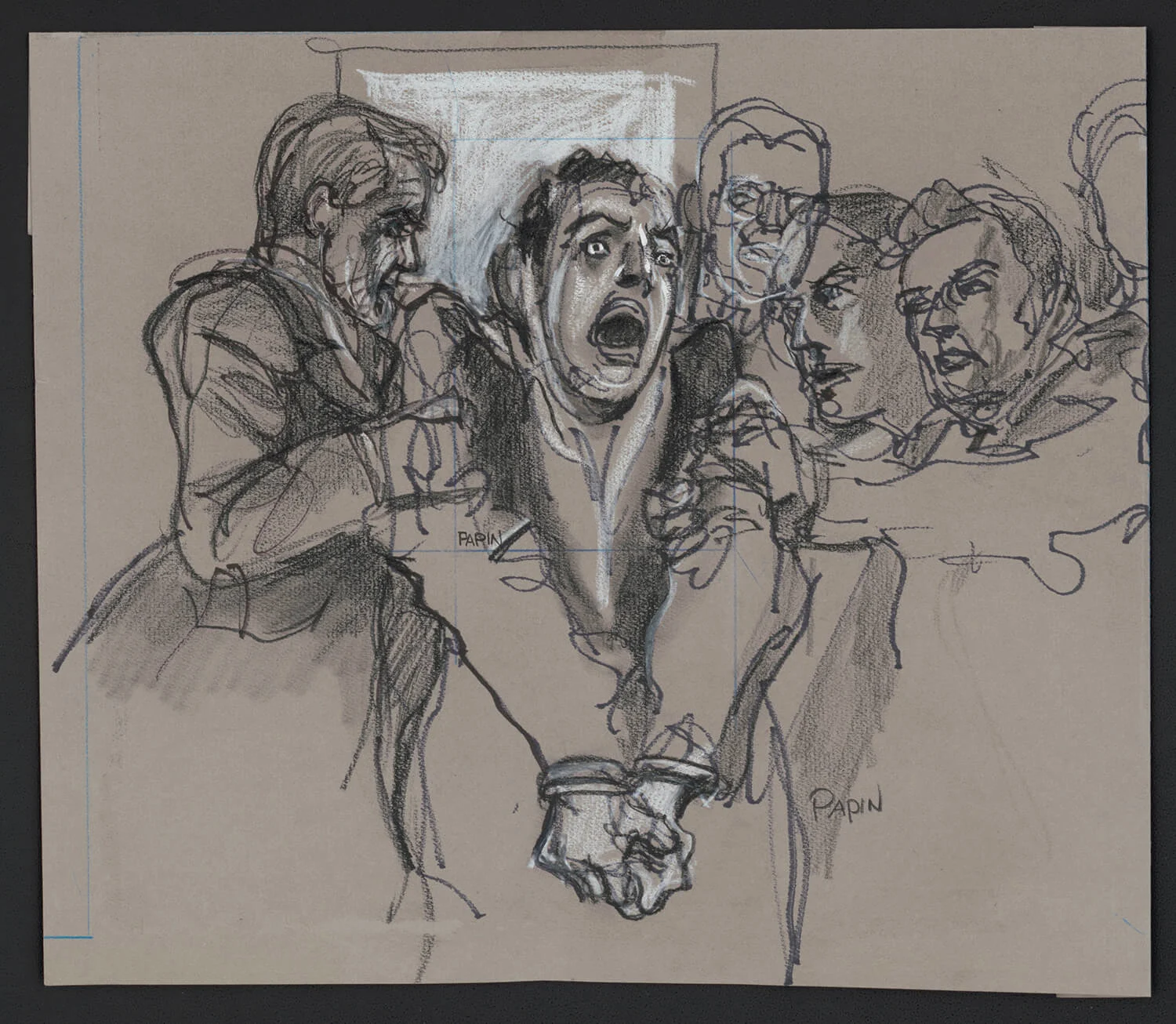
The history of courtroom sketching is long and intriguing. Its beginnings can be traced back to the Salem witch trials, a series of prosecutions of people accused of witchcraft in colonial Massachusetts between 1692 and 1693.
The first official record of courtroom sketches though is of the trial of John Brown, a white American radical abolitionist activist who was charged with treason and sentenced to death in 1859. As Colombia Law School professor Robert Ferguson said, Brown's trial was the first legal event in American history to receive “intense and daily multimedia coverage and validation – from newspaper journalists, from leading essayists, from poets.”
And from illustrators, who drew crucial moments like him wounded on a cot in court and ascending the scaffold before being hanged. These dramatic drawings, which contributed to the rise of John Brown’s myth in American culture, mark the beginning of a practice that outlived many technological advancements.
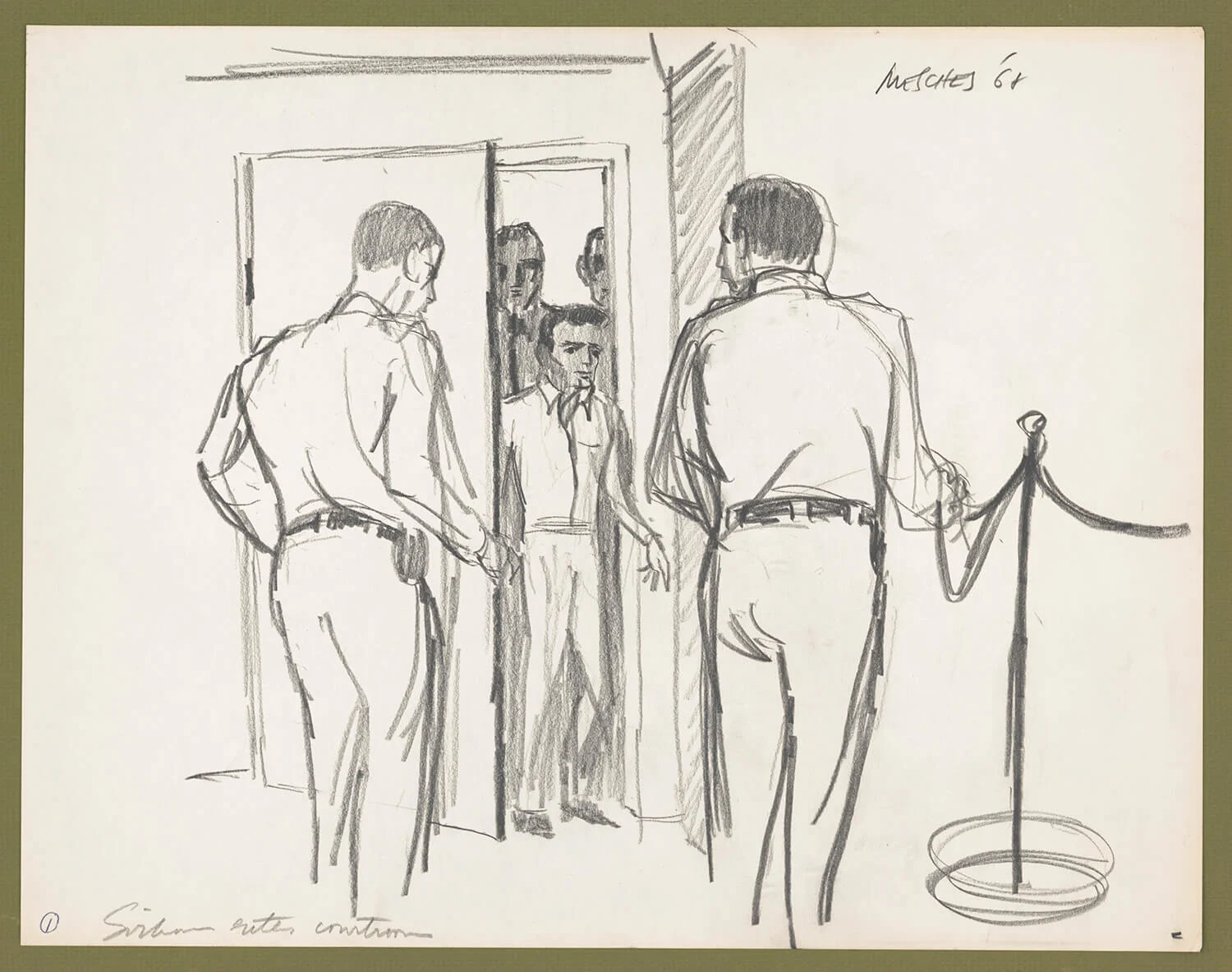
That doesn’t mean other mediums haven’t been tried as technology evolved. For example, in the early stages of the camera, photographers tried to capture the hearings. But back then, taking a photo still meant long exposure times, bulky equipment and uncertain results. It just wasn’t the most practical medium to capture a fast-paced courtroom context.
Only when cameras became lighter and more manageable in the early 20th century was photographing and radio-broadcasting considered again. But in 1935, after the media frenzy surrounding the trial of Richard Bruno Hauptmann both inside and outside the courtroom , all recordings were banned by federal tribunals. What was left was the publication of sketches, which quickly gained popularity.
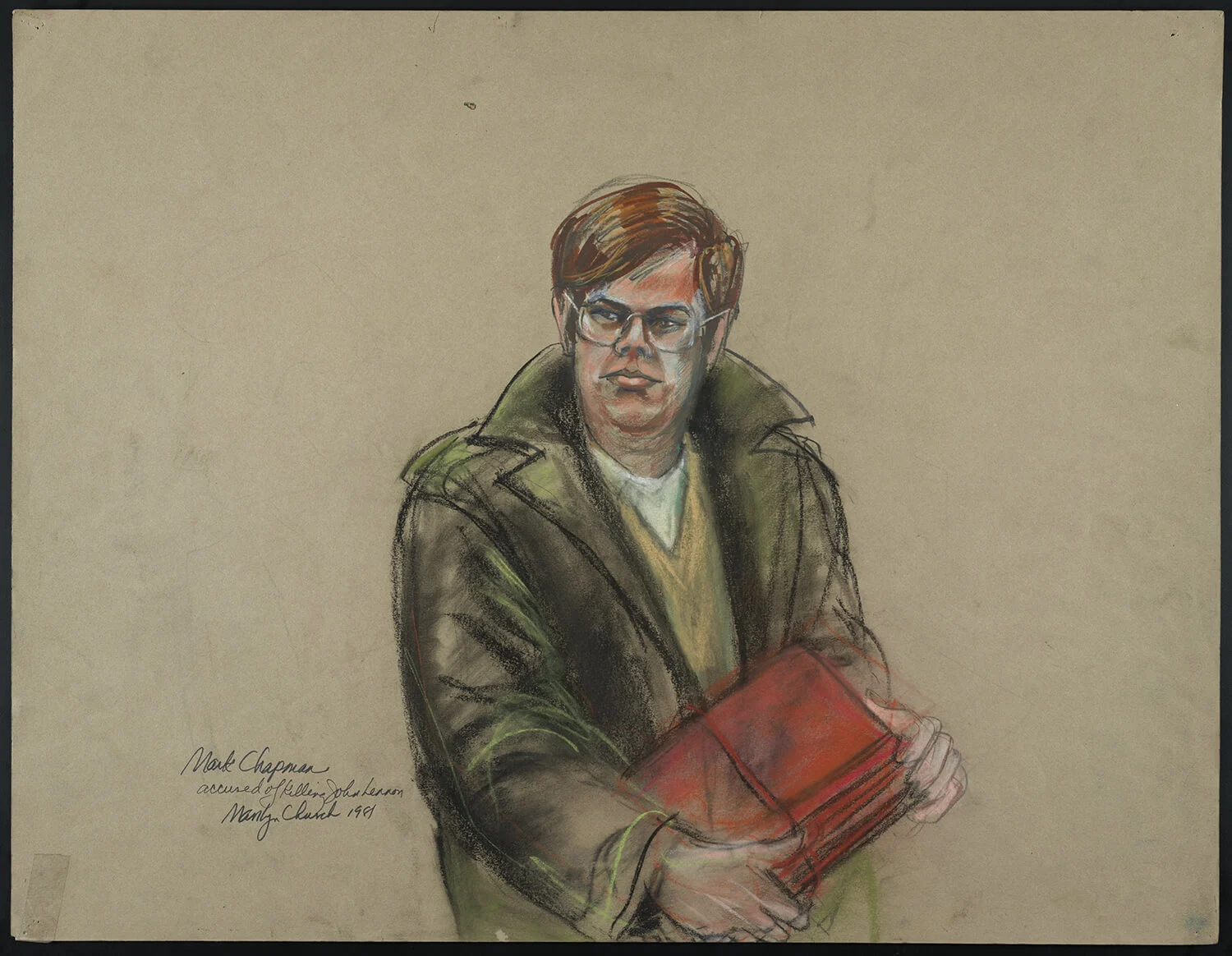
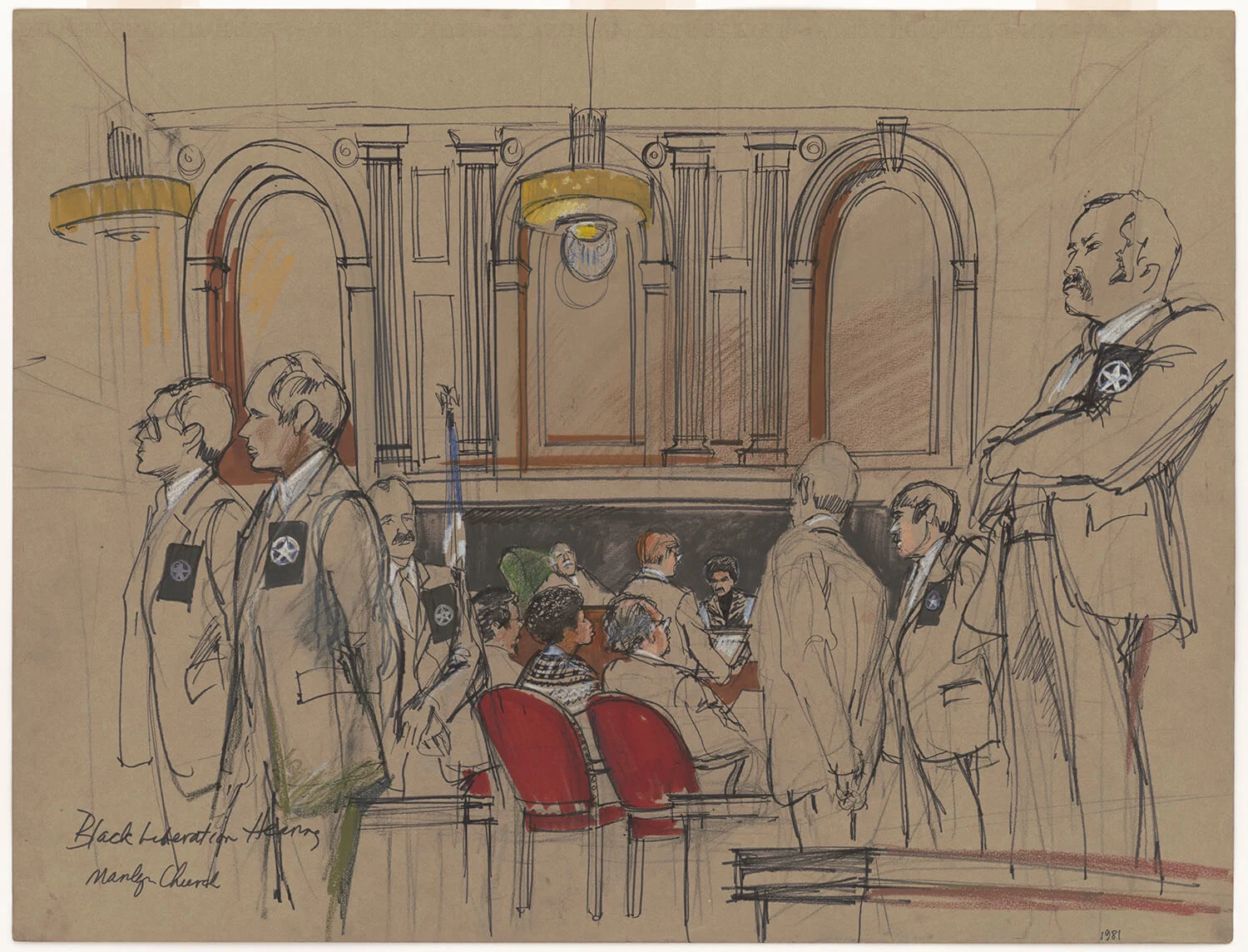
Today, although the business is shrinking since photo and video have been reintroduced in some legal cases, courtrooms sketches are still widely used in the United States. This is especially true in the Supreme Court, where the judge often doesn’t allow cameras during high-sensitive cases, as they might trigger certain behaviors from the jury or the people on trial.
For example, during the headline O.J. Simpson murder case in 1994-95 which sparked huge media interest , judge Lance A. Ito allowed television crews into the court, and some think this controversial decision changed the course of justice .
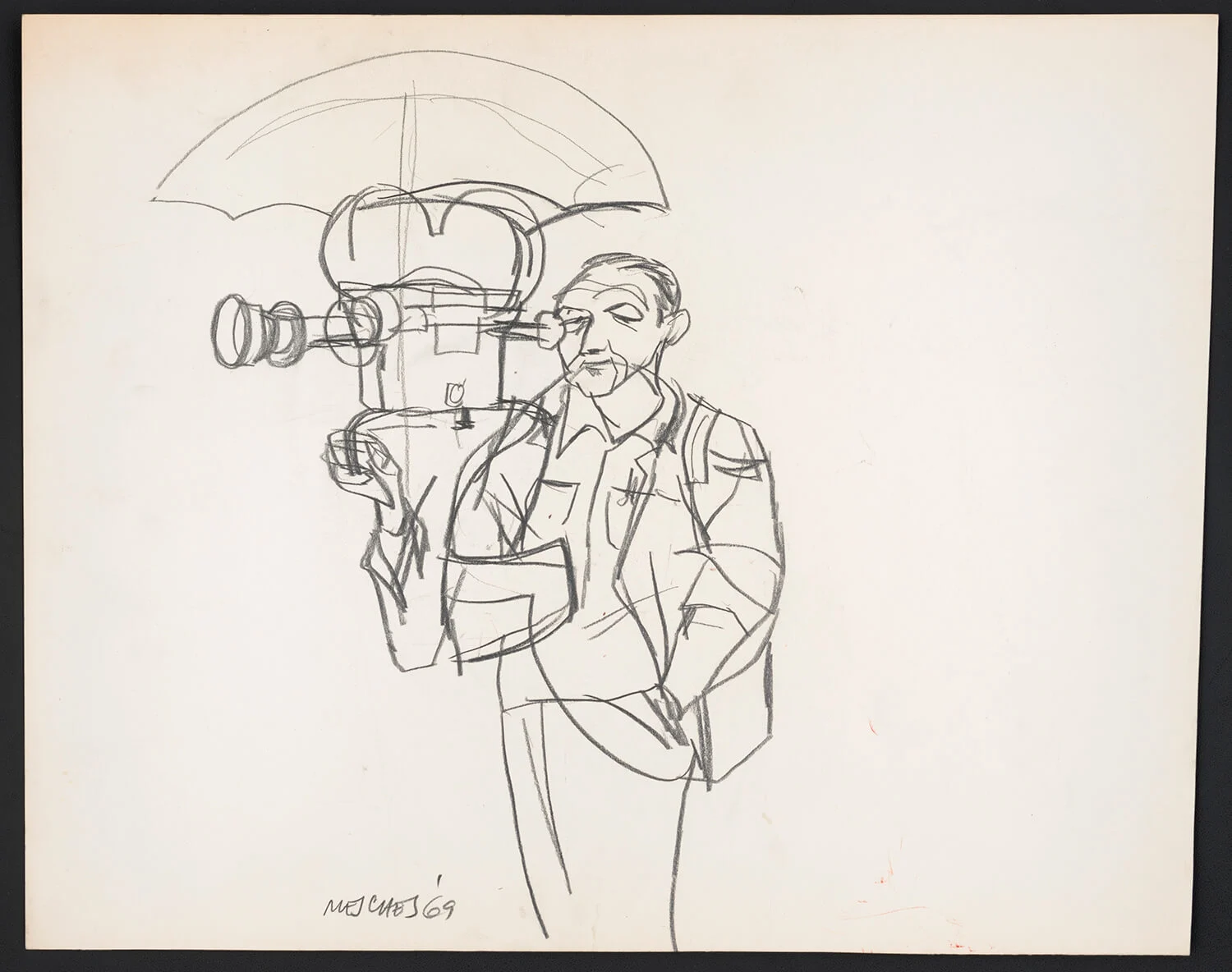
A courtroom drawing is “a unique hybrid, at once an aesthetic object, a social document, a television prop and a historical memento, ” Katherine Krupp, guest curator of the exhibition Witness for the People: Courtroom Art in the Electronic Age wrote.
Each courtroom artist has a personal style and a specific technique: while some direct their attention to facial features, details and expressions, others focus on movements, gestures and the relationships unfolding in the room.
At the same time, stylistic similarities among artists from the same area can be found. As Katherine describes it, “the New York group uses pencils, pastels, markers and watercolors on large sheets of tinted paper mounted on stiff board for support”, while “West Coast artists rely more exclusively on quicker yet less subtle markers.”

But there’s one thing all courtroom artists have to deal with: time. They have to produce their drawings in a very short period, usually between five and 15 minutes, so the images can be released immediately after the hearing. Considering how the economy of means, speed and energy meets the explicit tension filling the room, you start to understand why these sketches are often so emotionally charged.
In many of the trials a courtroom artist witnesses throughout their career, the stakes can be very high, as they could turn out to be crucial moments for American, and indeed global, history.
Courtroom artist Bill Robles, who attributes the very origin of his career to his interest in news from when he was a kid, is aware of the crucial role his profession plays in supplying TV and media of the images they need. “When the cameras aren't allowed, we’re king,” he said in a 2015 interview with NBC4 News.
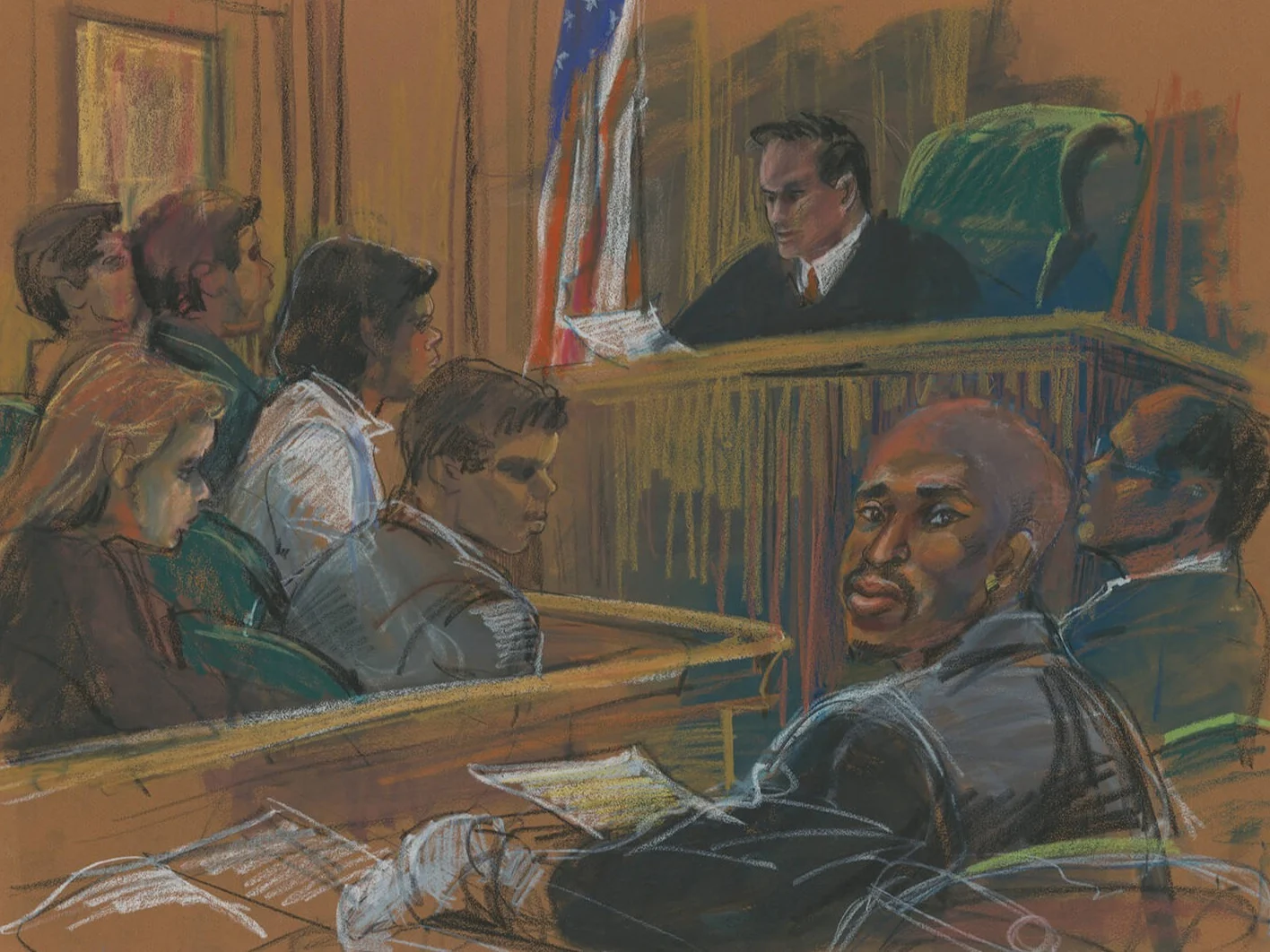
Marilyn Church, who’s been a courtroom artist for many decades, gives a very poignant description of her working context: "A courtroom where a notorious trial is happening is great theater. People's lives are on the line. Lawyers with the very best legal minds make passionate, opposing arguments. Judges make life-changing rulings and juries pronounce verdicts. These trials are a mind bending challenge. Deadlines are tight. No one stands still. The likenesses of O.J. Simpson, Woody Allen or Tupac Shakur have to be exact."
Drawings that depict celebrities on trial, or particular historical circumstances which have now become part of popular culture, showcase the power of courtroom art at its best. In these cases it becomes difficult to distinguish the reality from its representation, the fact from its chronicle.

Maybe the emotional impact of these sketches is amplified when the depiction is not completely accurate and their quality unfinished. For example, in the head-and-shoulders portrait of Charles Manson, made by Arnold Meches during a trial for the Sharon Tate and the LaBianca murders in 1970, the vacant stare in his eyes is arguably the one crucial feature required to render him recognizable.
In these moments the person who is drawn is almost elevated from the real person on trial; the sketches add an extra layer of mystique to their personalities and the sometimes gruesome acts they allegedly did.
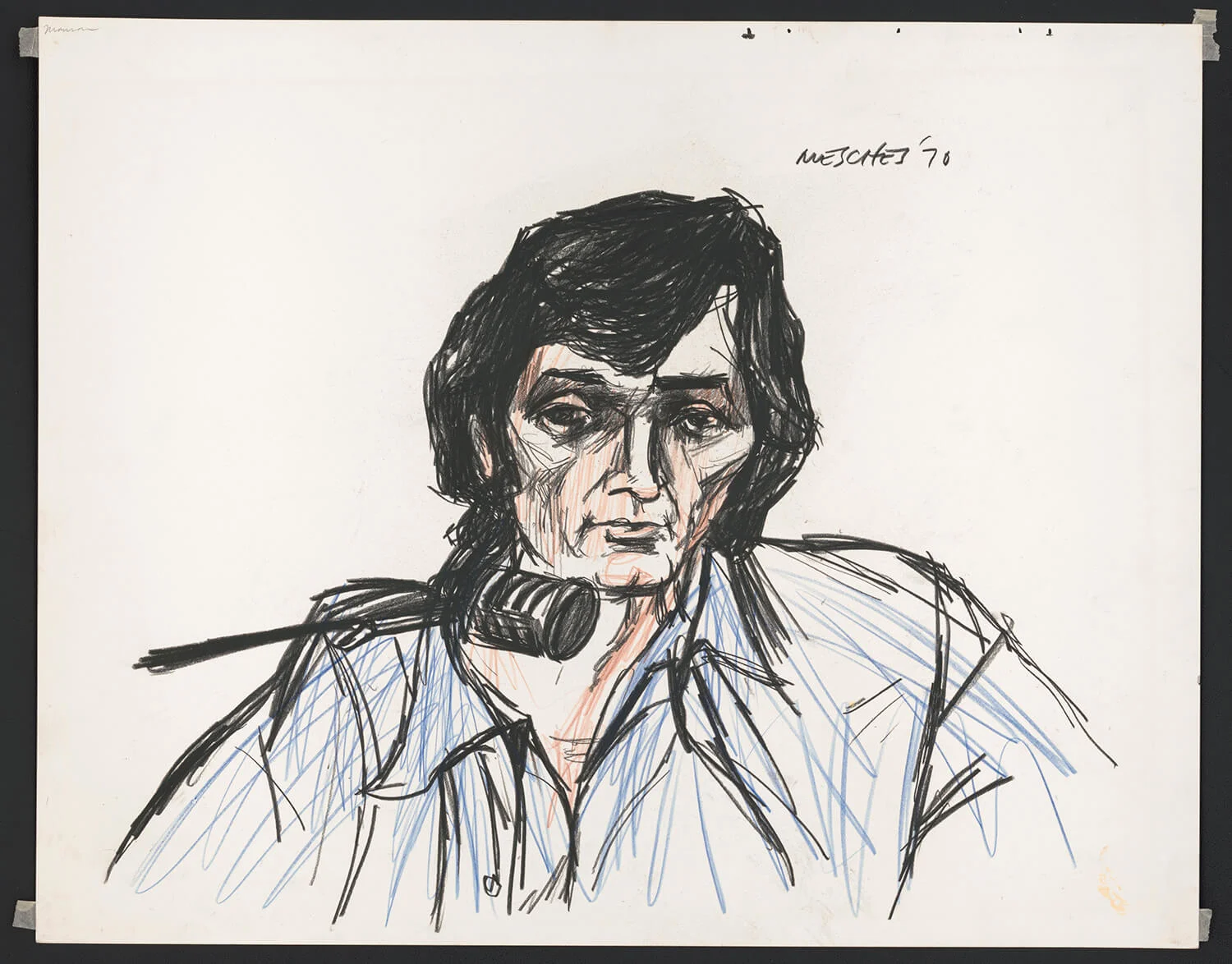

A powerful example of this is Marilyn Church’s sketch of Eddie Coaxum who was on trial for murder in 1984 at the New York State Supreme Court. Coaxum had been diagnosed with AIDS shortly before and because of this he and the court officers wore masks and gloves. The sketch shows Coaxum in the foreground, his hands folded – the situation looks as dramatic as a staged movie scene. You get a sense of déjà-vu while looking at the image, and the drawing’s texture, colors and strokes add to this feeling.
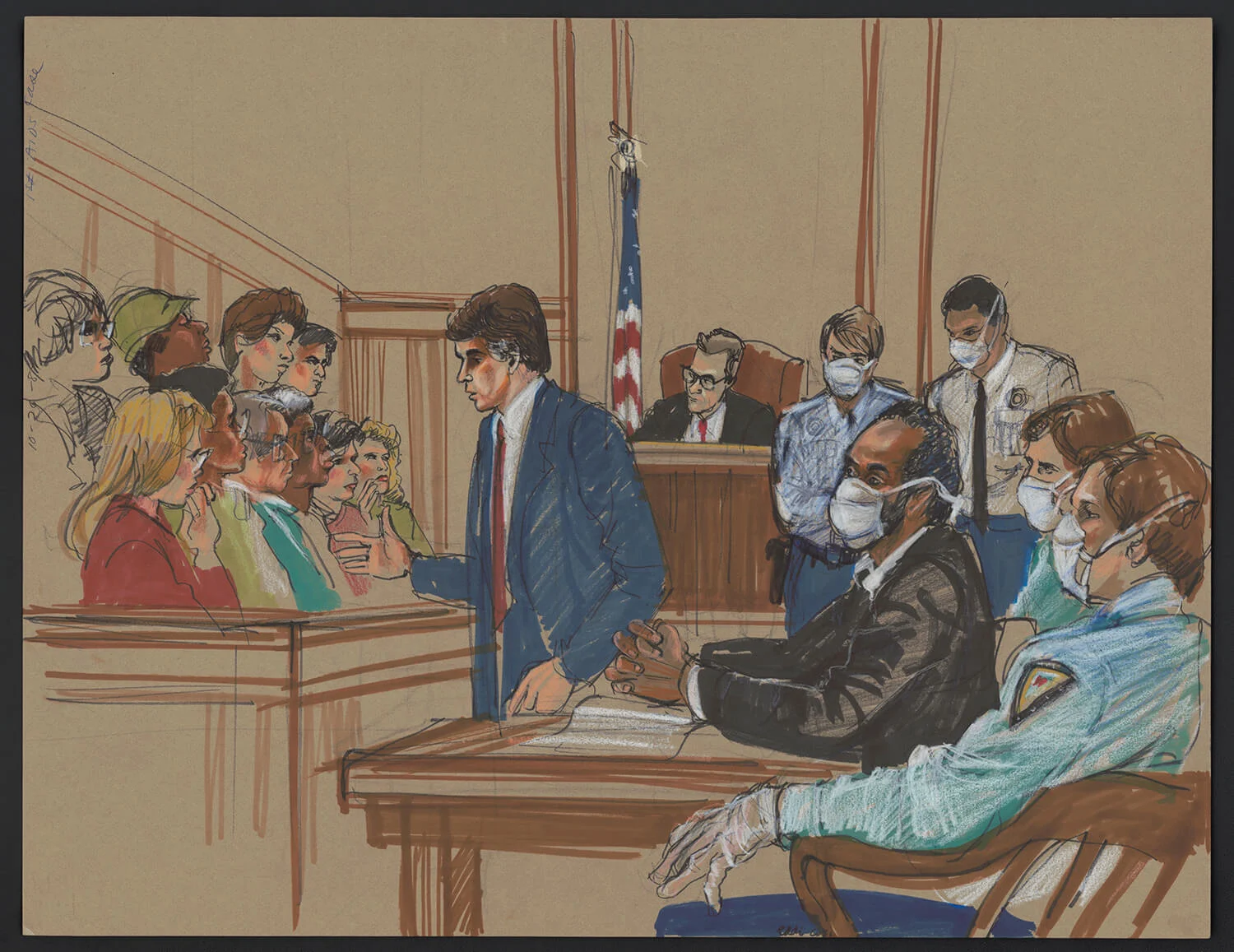
The art of courtroom sketches acts as a red thread along which it is possible to retrace certain evolutions in society, politics and technology. At the same time, it remains deeply human, both in its execution and in the spectrum of archetypal feelings it covers: trust and betrayal, despair and relief, resignment and anger.
The drawing by courtroom artist Joseph Papin, showing three different expressions of the anguish of Jean Harris while under cross examination in 1981, is proof of courtroom art’s capacity to capture both immediacy and depth – feeding the news as well as our imagination.
